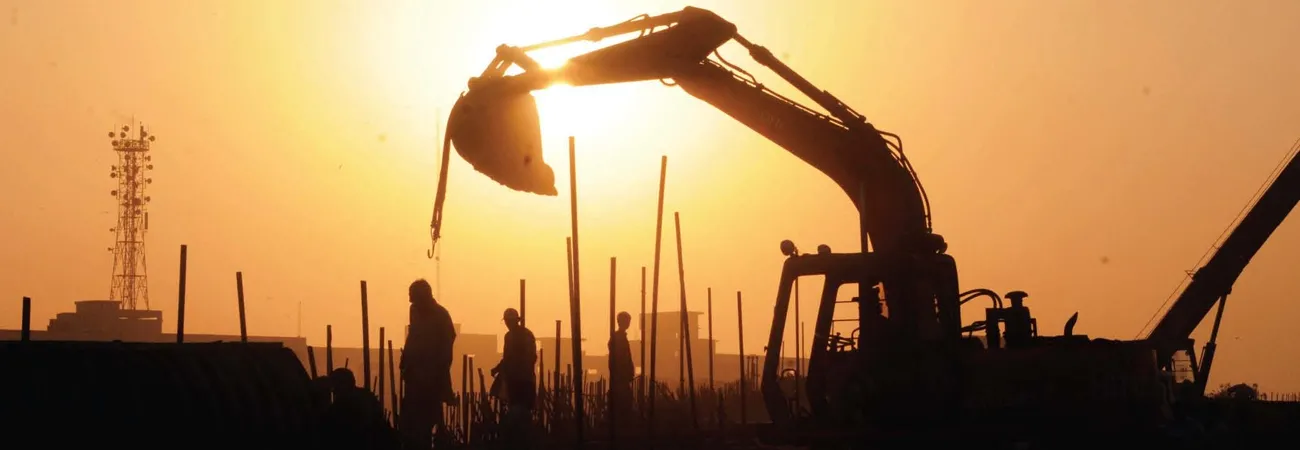i ECONOMY
A number of projects have been carried out in Sindh under the Public-Private Partnership (PPP) model during the last five years, covering various sectors like industry, road infrastructure, education etc. Under this model, more projects are being undertaken in the province. "PPP projects claim a major share of the development initiatives undertaken from 2018 to 2023 in the province. Most of these projects include construction of roads and bridges, which have significantly reduced travel time and stimulated economic growth," Mumtaz Jamali, Director of Planning in the Public Private Partnership Unit, the Government of Sindh, said. He said that healthcare initiatives taken under PPP model had improved the citizens' access to quality medical services, ensuring their well-being. "In the realm of education, we have established state-of-the-art facilities, empowering the next generation with knowledge and opportunities," he pointed out.
He said that the establishment of special economic zones had attracted big investments that would help generate employment and foster industrial growth. "Additionally, our focus on urban development has transformed cities into vibrant and sustainable hubs." Jamali said among other projects being initiated under the PPP mode, Malir Expressway Project and Nabisar-Vajihar Water Supply Project hold significance and economic value. "Besides, the Food Silos project will cater to storage requirements, and Education Management Organisation will be useful for effective school management," Jamali said. Likewise, he said the National Institute of Child Health Safety Security Project had been rolled over for better security of patients and hospital staff. Talking about the PPP projects, Junaid Shah, Director of Infrastructure in Sindh Planning Board, said that the government had recently approved Rs14.5 billion for the completion of the Malir Expressway that would reduce the commuting time from Korangi Creek Avenue (DHA) to Superhighway (M-9) to only 25 minutes.
"The expressway will have six interchanges. The project has been structured on a design, build, finance, operate & maintain and transfer (DBFOT) arrangement with a concession period of 28 years, which includes three years of construction and 25 years of operations and maintenance." He also pointed out that after the construction of the Ghotki-Kandkhot Bridge, the distance between Ghotki and Kandhkot would be reduced to only 30 kilometres from 152km via Guddu Barrage and 170km via Sukkur. He said the two-lane bridge over the Indus River would also be carried out under the PPP mode. He said that Link Road (M9-N5) was another PPP model project that was to dualise and rehabilitate the road connecting Superhighway (M-9) and National Highway (N-5) on a new alignment under the PPP mode. Junaid Shah said that the Hyderabad-Mirpurkhas Dual Carriageway was the first project taken under PPP mode in Sindh. "The 60km-long road with eight bridges and 62 culverts has been built in accordance with American Association of State Highway and Transportation Officials standards, which are used in highway design and construction globally," he said.
Credit: Independent News Pakistan (INP)









